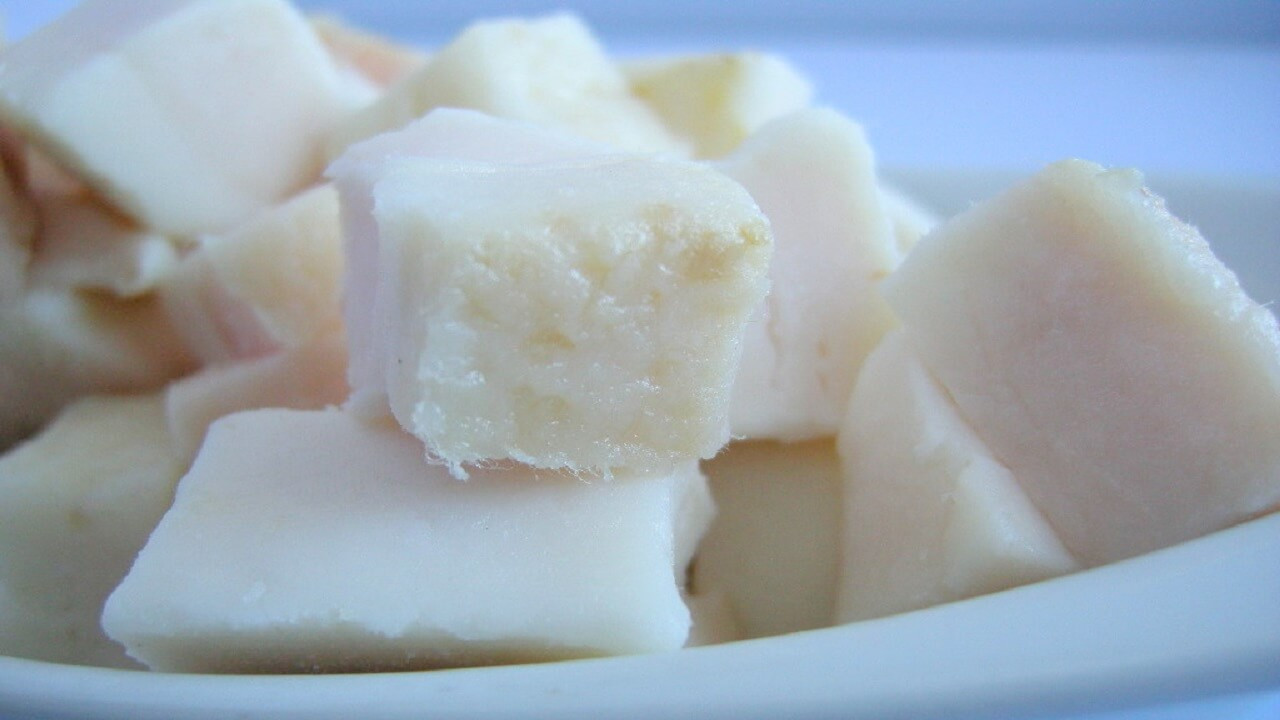
How to Make Lard
May 1, 2023, 2:11 pm
Lard is an animal fat and is the by-product of the pig farming and pork processing industry. Its production is dependent upon the production of pork

How to Make Lard
The demand for pork influences the amount of lard produced much more than does the demand for lard. As a result, the output of lard follows closely changes in pig slaughter irrespective of the specific market situation of lard. The dependence of the supply of lard upon the supply and demand situation of pork is undoubtedly one of the most important technical factors determining the economic position of lard.
THE FLEXIBILITY OF LARD OUTPUT
Although lard production is clearly dependent upon the number of pigs slaughtered, there nevertheless exists some flexibility in the amount of lard rendered. Within narrow limits lard production does respond to the conditions of the lard market. By increasing or decreasing the lard yield per 45kg of live pig it is possible for packers and butchers to adjust, to some extent, the supply of lard to market demand.
The lard yield may vary from 9 to 19 percent of the live weight of the pig. In the slaughtering and dressing process, about 9 to 12 percent of the live weight emerges as lard. By rendering part or all of the fat backs and other fat pork cuts into lard, the yield can be increased to nearly 19 percent and in case of heavy pig to even more.
Variations in lard yield are attributable to the following physical factors:
(l) The proportion of fat backs and other fat pork cuts that are rendered into lard
(2) the care used in trimming of cutting fats in preparing the commercial pork cuts
(3) the live weight of pigs
(4) whether pigs tend towards lard or meat
(5) the feeding methods employed in finishing pigs for market.
HOW TO MAKE LARD
Lard is obtained from pork fat by rendering the fat at high temperature in either open or closed kettles. Pork fat, however, does not represent a homogeneous material. It varies widely in its characteristics, depending upon from what place in the carcass it is derived. For instance, the usual melting point of the back fat (18.33° C.) is considerably lower than that of leaf fat derived from around the kidneys (23.33°C.).

The quality of lard obtained depends chiefly upon the proportion and quality of the different fats from the various parts of the carcass which are mixed in the rendering kettle.
In addition to these differences in the physical characteristics of pork fats, there are four distinct processes of rendering them which also influence the quality of the lard. They are as follows:
(1) About 80 percent of the manufactured lard is "steam lard" rendered in closed kettles under 13.7 to 22.7kg of steam pressure and at a temperature of 140°C. and is obtained from the fatty tissues trimmed from hams, bacon, shoulders (cutting fats), from fat backs and parts of visceral fats (killing fats)
(2) Most of the remaining 20 percent of the lard is rendered in open steam jacketed kettles at a temperature of 110°C to 127°C. from leaf fat and fat backs and represents the highest grade of lard, usually called " leaf lard" and "open kettle rendered lard;"
(3) A small percentage of the pork fats are rendered in open kettles at a low temperature of about 52°C. and emerges as "'neutral lard" and is used almost exclusively as a raw material in the manufacture of margarine
(4) A new process which is called "dry rendering" has been introduced in recent years. The materials usually rendered by the steam method are placed in steam jacketed tanks and heated to about 102 °C, the moisture being drawn off by a vacuum process. The lard that results from this method has a flavor different from steam lard. It is darker in color and not so easily bleach ed. The by-products, that is the remaining cracklings of lard resulting from the dry rendering process, can be disposed of as feed more readily than can the product of the wet rendering processes.
The lower moisture content and acid-free condition (0.3 percent), the higher smoking point (199°C) and milder flavor may be important factors in establishing the dry rendering method.
An additional word should be added in regard to neutral lard. It is not suitable for direct human consumption and therefore does not appear in the food and retail markets. Production depends entirely on the demand of foreign and domestic margarine manufacturers
USES OF LARD
Vegetable Cooking Oils, Salad Oils and Dressing
Lard oil is extensively used in making vegetable cooking oils, salad oils and dressings.
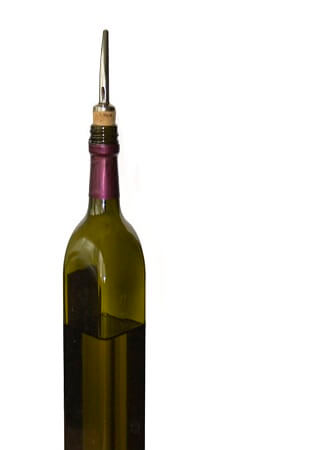
Manufacture of Margarine
Lard is used in making margarine. A specific grade of animal oil margarine is produced for the baking trade which usually consists of oleo stearin (25 -65 percent) and cottonseed oil (75-35 percent). The proportion of both ingredients is altered according to climate, season and special requirements of bakers.
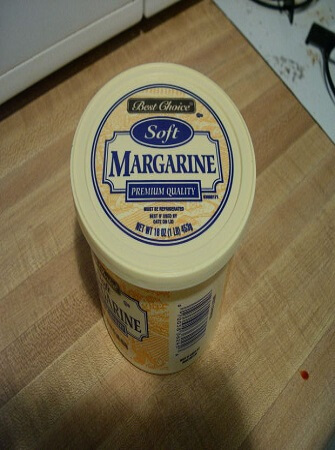
Soap Production
Lard finds its chief utilization in the soap industry. Animal fat (Tallow) is the most important ingredient quantitatively in soap and usually constitutes over one-third of the total raw materials. It makes a hard white soap, which lathers slowly, especially in cold water, but the lather is thick and lasting. The soap also has good keeping and cleansing qualities.
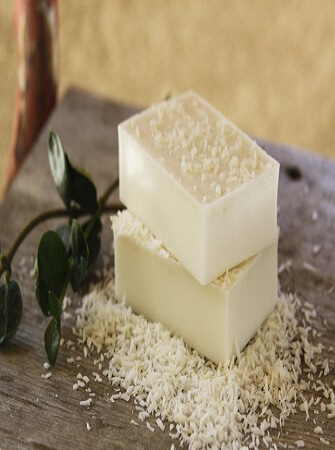
Grease soaps are softer, darker in color, lather more quickly, but tend to become rancid. Of the several oils, tallow can be most satisfactorily replaced by palm oil, but since the cost of bleaching palm oil is high its use is restricted to colored soap.
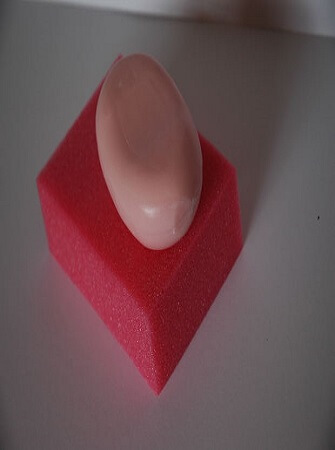
TYPES OF LARD
There are five classes or types of lard sold
1. Open (Kettle) Rendered Leaf Lard
Made solely from leaf fat. Rendered at a low temperature reaching from 110°C to 120°C. Smoking point 204°C. Free acid content" 0.25 percent. Flavor and odor is neutral or of sweet cracklings. Texture is firm, slightly grainy. Keeping quality excellent.
2. Open Kettle Rendered Lard
Made from back fat and leaf fat usually in equal parts. Rendered at 115°C to 127°C., temperature. Flavor nut-like odor of sweet cracklings. Texture soft and grainy. Color light, but darker than leaf lard. Keeping quality good.
3. Prime Steam or Steam Rendered Lard
Made from killing and cutting fats. Rendered in closed tanks under 13.6 to 22.7kg pounds steam pressure at a temperature around 141°C. Smoking point 188°C. Free acid content 0.5 percent. Flavor and odor typically "prime steam" and mild. Texture smooth. Color creamy white. Keeping quality usually satisfactory but varies considerably.
4. Refined Lard
Prime steam lard refined by the treatment with Fuller's Earth or some other agent for bleaching, filtering and deodorizing, and by removing moisture and impurities.
5. Hydrogenated Lard
Lard of the first two classes represents a fairly well standardized product. Its free acid content ranges down from 0.3 to 0.1 percent, and it has, as already noted, good keeping qualities. It brings a price premium, as a rule, over prime steam lard. These two classes, however, comprise only about one-fifth of the commercial lard.
Prime steam lard, which has as a rule a free acid content of about 0.5 percent, is not as good in its keeping qualities as the lard of the first two classes. This lard, which constitutes four-fifths of all lard entering trade channels, is made from a varying mixture of all kinds of pork fat and therefore varies considerably in quality. Again, it should be emphasized that in order that lard may more fairly meet the competition of lard substitutes it will be necessary for the packers to improve lard standards.
Prime steam lard usually does not enter the retail trade unless it has been partly refined, bleached and deodorized;
"Refined lard" labeled on the package which the consumer buys in his grocery store means that he is buying a prime steam lard which has been further refined. Open kettle rendered lard, in the main, requires no refining.
HYDROGENATED LARD
During the last few years some of the large packers have experimented with the hydrogenation of lard. Hydrogenation is the addition of hydrogen to a fat in the presence of a catalyst in order to obtain different degrees of hardness. Hydrogenation is used to reduce the level of unsaturation in oils and thereby increase the solid fat content and stability. The formation of trans fatty acids during hydrogenation has compelled consumers, health authorities and manufacturers to reconsider the process as trans fatty acids are known to be a health risk.
By hydrogenation the firmness and texture can be improved considerably and the melting point raised. The keeping quality is greatly improved since hydrogenation reduces the rate of deterioration. Furthermore, hydrogenated lard is odorless and of a neutral flavor. This gives it an advantage in some consuming centers, while it tends to be a disadvantage in others.
Generally speaking, hydrogenated lard has many characteristics similar to those of lard substitutes. As a result, its production is primarily dependent upon the price relation that prevails between lard and cottonseed oil, the chief raw material in manufacturing lard substitutes.
EFFECT OF ANIMAL FAT ON HUMAN HEALTH
During the past fifteen years, the changes in diets and lifestyles resulting from industrialization, urbanization, economic development and market globalization have increased rapidly and particularly in the developing countries where major socioeconomic changes are occurring. Whereas general improvement in the standard of living has been observed, this has often been accompanied by unhealthy dietary patterns and insufficient physical activity to maintain an optimal energy balance and a healthy weight. The net result has been increased prevalence of diet-related chronic diseases in all socio-economic groups and which now represent the main cause of deaths and disability worldwide.

Animal fat has been linked with colon-rectum, endometrial and ovarian cancers. For these three cancers, given that animal fat is most often a component of energy-dense food, its effect can be confounded by energy. In addition, for colorectal cancer (CRC) it might be confounded by some characteristics of the meat. Data are too scarce to reach a conclusion for ovarian and endometrial cancer, but the WCRF/AICR (2007) concluded that there is limited but suggestive evidence that foods containing animal fat, which are energy-dense, increase the risk of CRC
DIETARY FATS AND FATTY ACIDS RECOMMENDATIONS FOR TOTAL FAT
The Expert Consultation examined the background papers, scientific reports and various studies assessing the relationship between total dietary fats as well as selected fatty acids and various physiological conditions and illnesses. The experts agreed with the evidence summarized in two recent reports (WHO, 2003; WCRF/AICR, 2007) that there is no probable or convincing evidence for significant effects of total dietary fats on coronary heart disease or cancers. Therefore, of primary concern and importance was the potential relationship between total dietary fats and body weight (overweight and obesity).
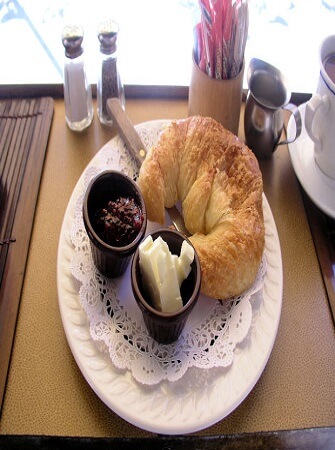
There was convincing evidence that energy balance is critical to maintaining healthy body weight and ensuring optimal nutrient intakes, regardless of macronutrient distribution of energy as % total fat and % total carbohydrates
Based on the considerations provided in the preceding section, the Expert Consultation proposed the following AMDR which are consistent with the existing 2002 expert consultation recommendations (WHO, 2003):
Minimum total fat intakes for adults
• 15%E (Energy from Fat) to ensure adequate consumption of total energy, essential fatty acids, and fat soluble vitamins for most individuals.
• 20%E for women of reproductive age and adults with BMI <18.5, especially in developing countries in which dietary fat may be important to achieve adequate energy intake in malnourished populations.
Maximum total fat intakes for adults
• 30–35%E for most individuals
Are you interested in starting a pig farming and processing business? Then you can buy our pig farming and processing business plan that will show you how to start a profitable and successful pig farming and processing business. Go here to get started.
SOURCES AND REFERENCES
Competitive Position of Lard in the Market of Animal and Vegetable Fats and Oils by Rainer Schickele and Theodore W. Schultz
FAO Fats and Fatty Acids in Human Nutrition
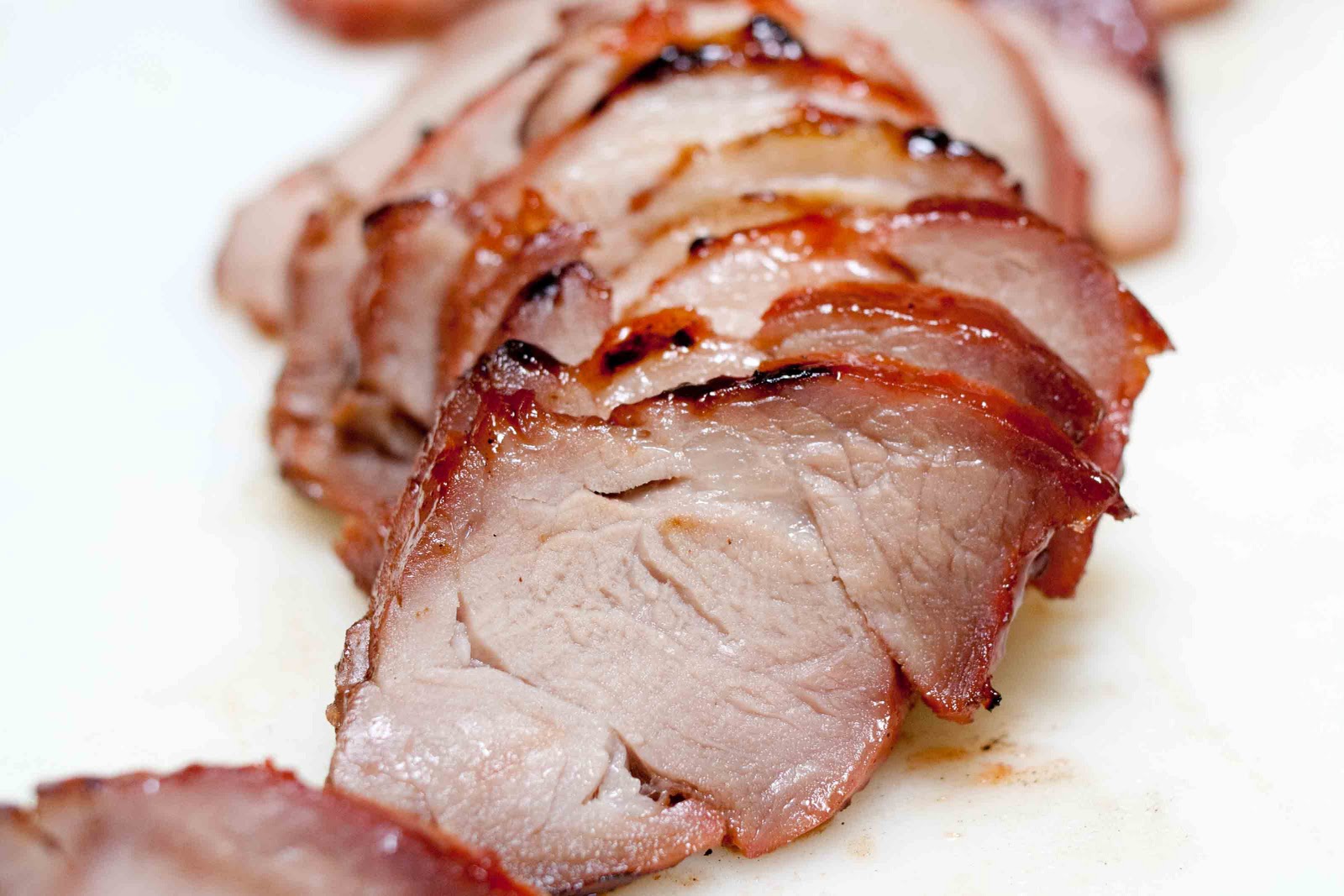
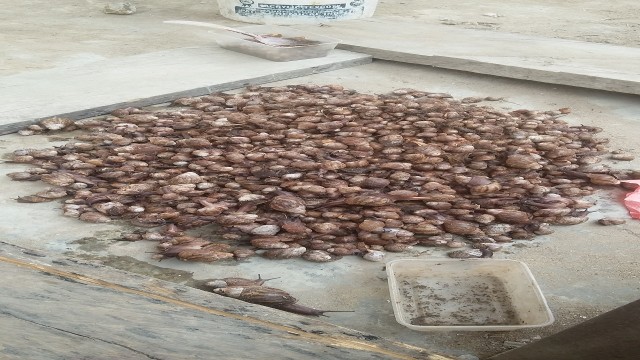
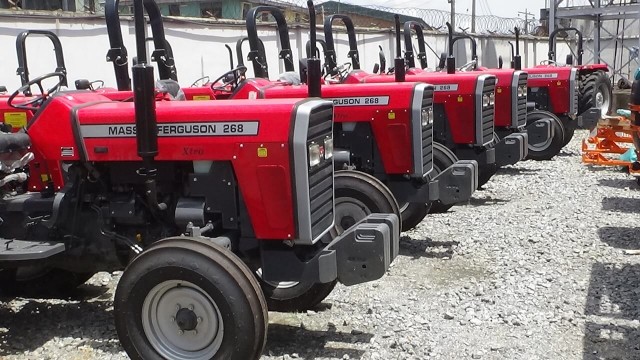
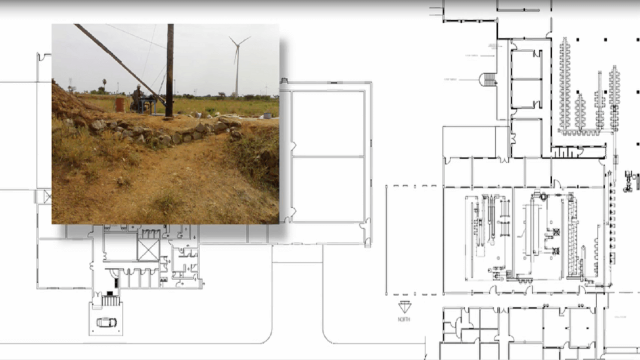


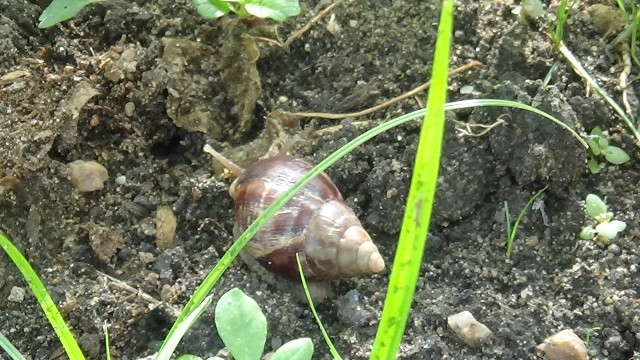


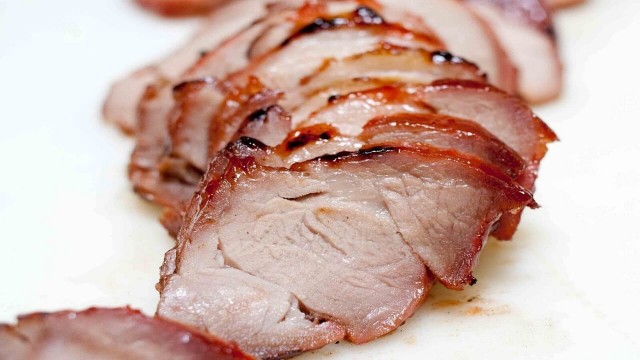

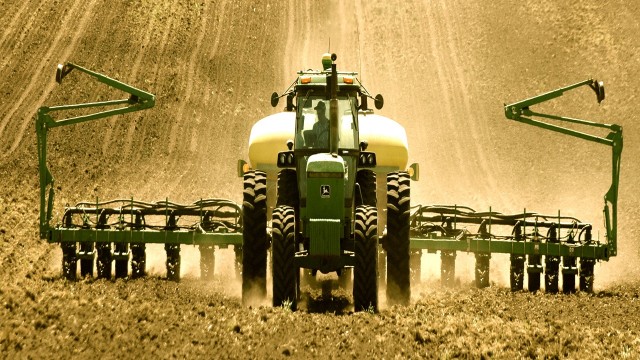

Share This Article: